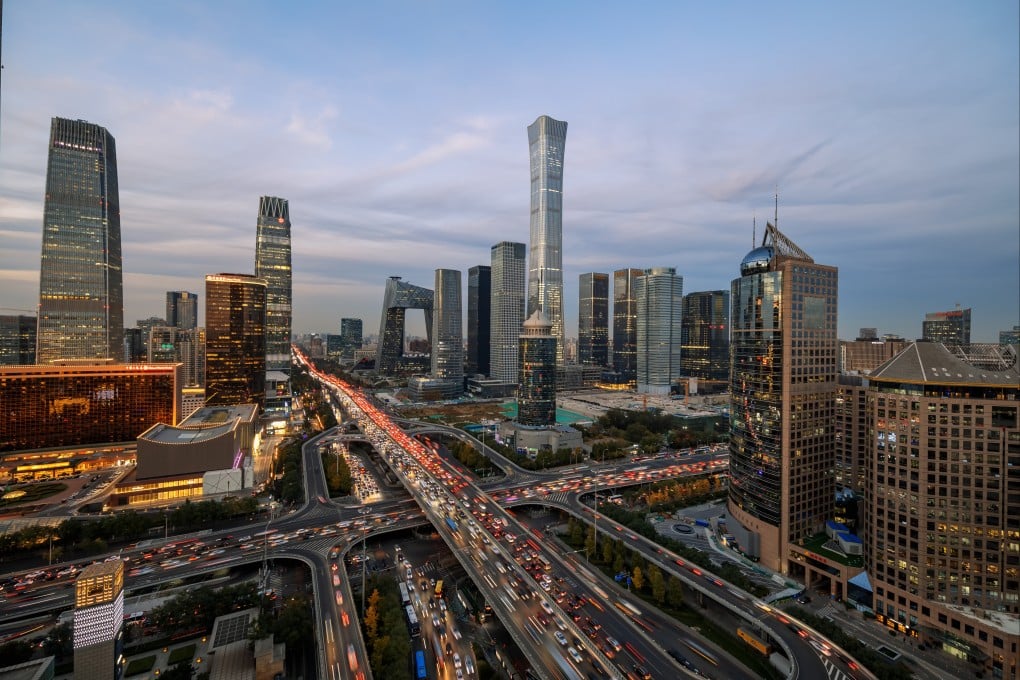Explainer | China economy: 5 defining moments over the past 25 years
- China’s economy is grappling with multiple challenges and some observers say the situation could be a defining moment for the country
- But the world’s No 2 economy has been in similarly difficult positions before, from the global financial crisis to the trade war with the US

China is facing mounting economic pressure on a number of fronts, from a disruptive zero-Covid strategy being used to curb the spread of Omicron to market turmoil fuelled by Russia’s invasion of Ukraine and aggressive rate hikes from the US Federal Reserve.
As debate swirls in Beijing about how the government should respond, we take a look back over recent history to see how China has weathered previous economic challenges.
1998: State-owned enterprise reform
When Zhu Rongji took over the premiership in March 1998, the country was plagued by a variety of problems, including the aftermath of the Asian financial crisis, massive redundancies in state-owned enterprises (SOE), triad debt and a state-owned banking system ridden with bad loans and widely deemed by Western analysts as technically bankrupt.
National gross domestic product (GDP) growth slowed to 7.3 per cent in the first quarter of 1998, its lowest rate since 1992, and fell to 6.9 per cent in quarter two.
Zhu allowed scores of unprofitable small and medium-sized state firms to be closed and millions of workers to be laid off to improve efficiency in the sector. The premier also expanded long-term government bond issuance and unleashed two new engines of growth: home privatisation and large-scale college enrolment.

The property sector, in particular, has since become a pillar of economic expansion, with hundreds of millions of Chinese buying their own flats.